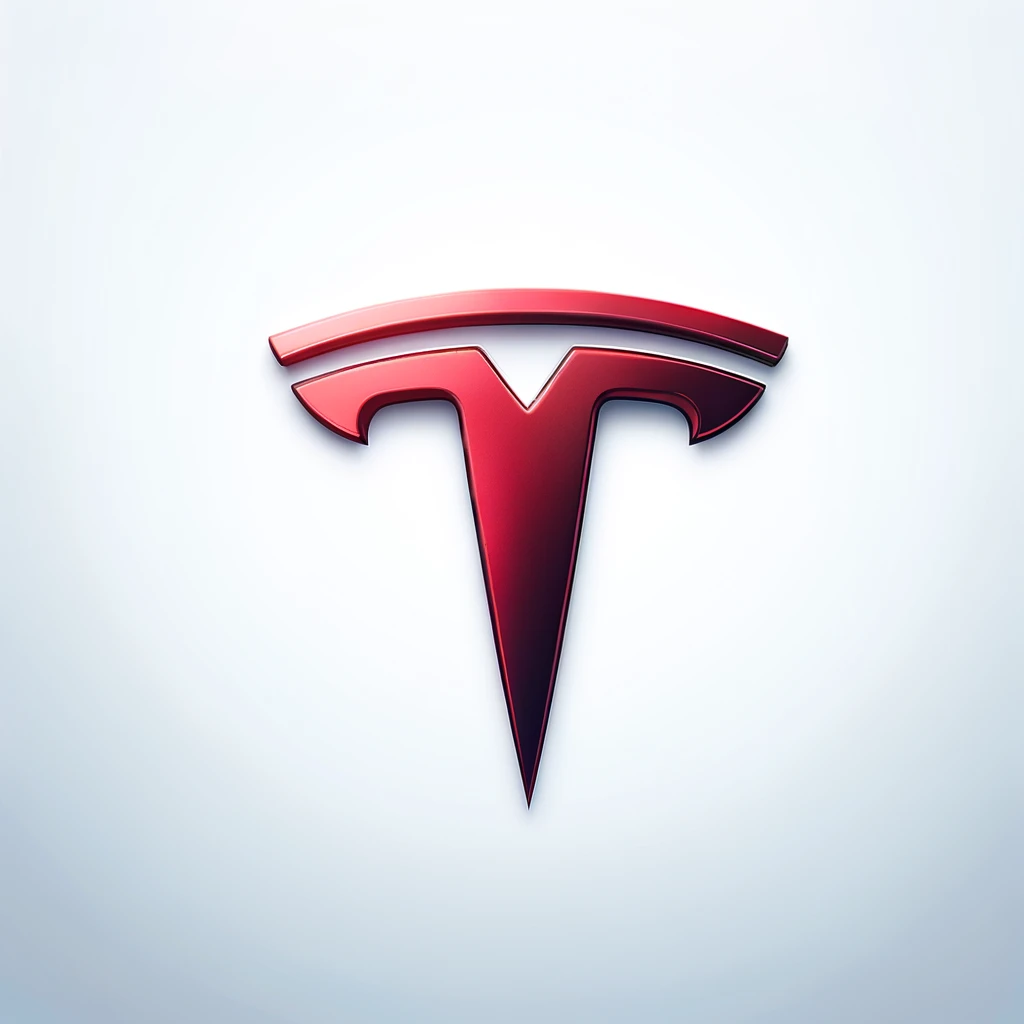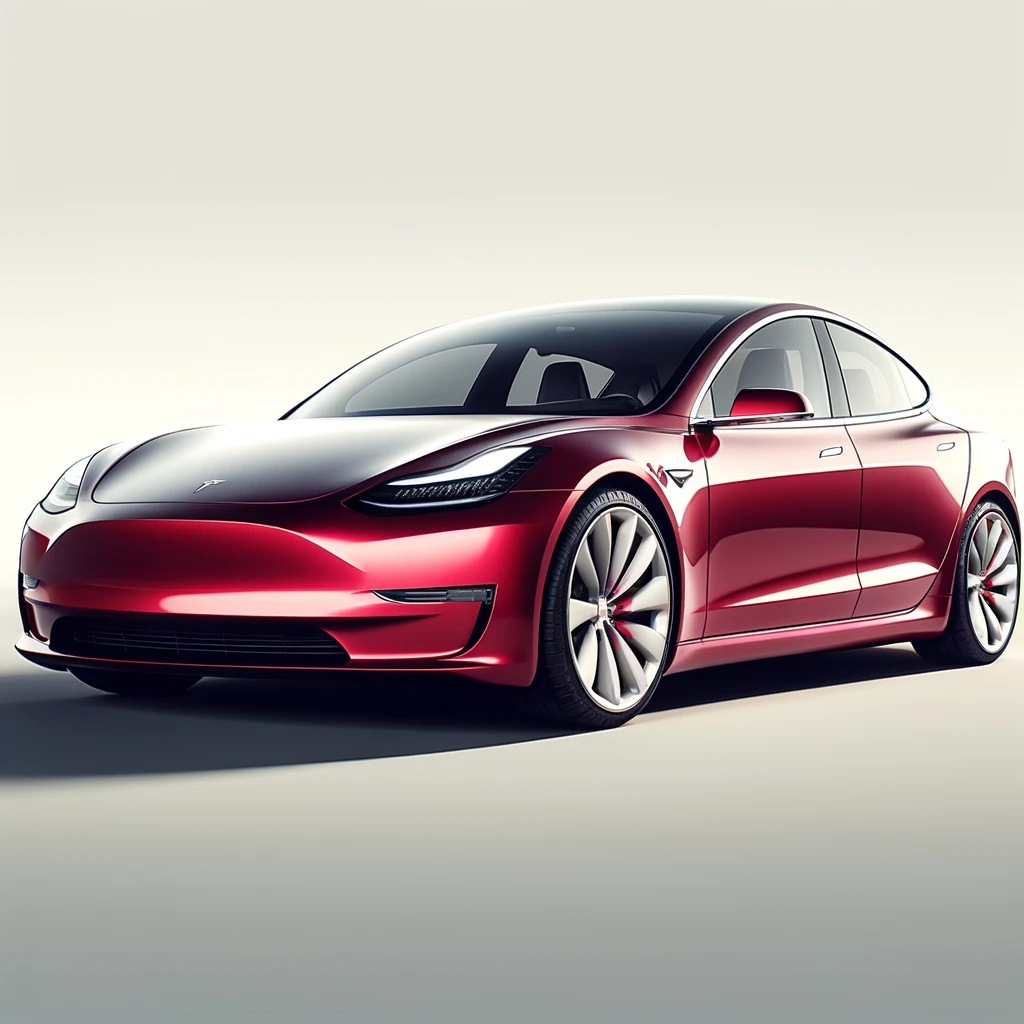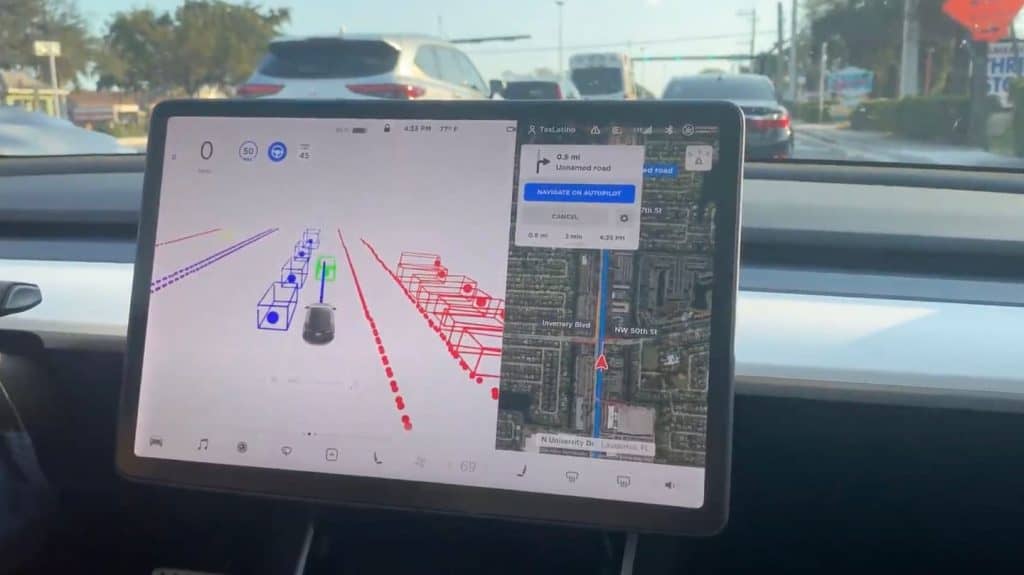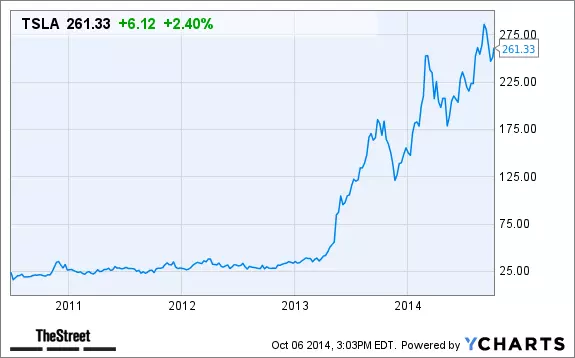
Tesla is a leader in the modern electric vehicle industry and an icon of innovation. Since its founding in 2003, Tesla has transformed the automotive and energy industries through the democratization of electric vehicles and sustainable energy solutions.
This blog post offers a comprehensive overview of Tesla’s history, business areas, technological innovations, global expansion, financial and operational performance, sustainability and social responsibility, challenges, and future prospects. Our goal is to help you understand how Tesla reached its current position and where it is headed in the future.
Tesla is more than just an electric car company; it’s leading the way into the future with innovations in autonomous driving technology, battery technology, energy storage systems, and more. In this article, we’ll explore the various aspects of Tesla, highlighting why many consider the company a “symbol of innovation.”
History of Tesla
How Tesla was founded
Martin Eberhard and Marc Tarpenning founded Tesla in 2003 with a vision to create high-performance electric vehicles that would have a positive impact on the environment and be accessible to the masses. They named the company after Nikola Tesla, a pioneer in electrical engineering. In the early years, the company sought out several investors to fund the development of its electric vehicles, with Elon Musk becoming a major investor.
History and Accomplishments
- 2004: Elon Musk invested in Tesla and joined the company as chairman of the board, and Tesla began developing its first model, the Roadster.
- 2008: The company launched its first electric sports car, the Roadster, which could go from 0-60 mph in 3.7 seconds.
- 2010: Tesla went public on the NASDAQ, becoming the first US automaker since Ford to have an IPO, raising about $226 million.
- 2012: Tesla entered the electric sedan market with the introduction of the Model S. The model was highly acclaimed, winning several automotive awards.
- 2015: Tesla launched the Model X, an SUV.
- 2017: Tesla introduced the mass-market Model 3, which was a huge hit and has since become one of the best-selling electric vehicles worldwide.
- 2020: Tesla is included in the S&P 500 Index, further solidifying its influence in the electric vehicle industry.
Founders and key executives
- Martin Eberhard: Tesla’s co-founder and first CEO, who set the initial vision for the electric car and led its development.
- Mark Tappening: Co-founder and CFO, who laid the financial foundation for the company and supported early operations.
- Elon Musk: Elon Musk has been driving Tesla’s vision and growth since his involvement as an early lead investor and then as CEO and product architect. Elon Musk is also active in other innovative companies such as SpaceX, and under his leadership, Tesla has made great strides in electric vehicles and energy solutions.
Tesla’s business areas
Electric Vehicle Business
Tesla is focused on providing sustainable transportation through its electric vehicle business. The company has released a variety of electric vehicle models to meet the needs of different consumer segments.
Introducing the main models

- Model
SPolylang placeholder do not modify
- Model 3Polylang
placeholder do not modify
- Model
XPolylang placeholder do not modify
- Model YPolylang
placeholder do not modify
Features and technical strengths of electric vehicles
- Battery technologyPolylang
placeholder do not modify
- AutonomousPolylang
placeholder do not modify
- Software integrationPolylang
placeholder do not modify
- EfficiencyPolylang
placeholder do not modify
These technological strengths have enabled Tesla to lead the global electric vehicle market and continue to innovate for a sustainable future.
Energy Business
Solar Products
- Solar
RoofPolylang placeholder do not modify
- Solar
PanelsPolylang placeholder do not modify
Energy storage systems
- (Powerwall)
- Introduction: A home battery system that connects with solar panels to store energy and use it when needed.
- Features: emergency power supply, energy independence, smart management system.
- (Powerpack)
- Introduction: A commercial battery system designed for large-scale energy storage and management.
- Features: Modular design, high-efficiency energy storage, suitable for commercial and industrial applications.
- Megapack)
- Introduction: A large-scale power storage and management solution, used for grid stabilization and large-scale energy projects.
- Features: high-density energy storage, fast installation, flexible scalability.
With these energy solutions, Tesla is promoting the use of renewable energy, increasing energy efficiency, and laying the groundwork for a sustainable future.
Innovation at Tesla
Autonomous driving technology

Autopilot and Full Self-Driving (FSD) Features
Tesla’s Autopilot and Full Self-Driving (FSD) technology is considered one of the most advanced self-driving systems in the automotive industry. Autopilot is essentially a driver assistance system that includes lane-keeping, cruise control, and automatic parking. FSD is an extension of Autopilot, designed to allow the vehicle to recognize road conditions and perform complex driving tasks. As of 2024, Tesla has released FSD beta version 12, which introduces network-based vehicle control to significantly improve performance.
FSD systems can perform complex driving tasks such as city driving, navigating through intersections, changing lanes, and negotiating turns and roundabouts. However, FSD is currently a Level 2 driver assistance system, not fully autonomous, and requires the driver to remain alert and take control when necessary.
Battery Technology
Tesla is not only a leader in autonomous driving technology, but also in battery technology. Tesla’s battery technology innovations are largely driven by its Gigafactories. Gigafactories are large-scale battery manufacturing plants that aim to maximize battery production efficiency and reduce costs. Tesla is focused on increasing battery performance and reducing production costs through new battery cell designs and manufacturing processes.
Battery Manufacturing Processes and Technologies (Gigafactory)
Tesla’s Gigafactory operates several factories around the world, all of which are highly automated and feature the latest technology. In particular, Gigafactory 1, located in Nevada, is a key facility that mass-produces batteries for electric vehicles and energy products. The factory operates using only renewable energy sources, which allows Tesla to minimize its environmental impact and aim for sustainable battery production.
Battery Performance and Sustainability
Tesla has been successful in extending the range of its electric vehicles and reducing charging times through new battery technologies. For example, the new 4680 battery cell is more energy dense than conventional batteries, providing longer range and faster charging times. Tesla also has a battery recycling program to reuse or recycle used batteries to minimize their environmental impact.
Tesla’s innovations in autonomous driving and battery technology go beyond mere technological advancements; they represent crucial steps toward a sustainable future. By pioneering these technologies, Tesla is at the forefront of transforming the global automotive and energy industries.
Tesla’s global expansion
Key markets and sales
Tesla is growing rapidly around the world, strengthening its presence in many key markets. The United States and China remain our largest markets, and sales in China are particularly important. In 2023, Tesla sold 771,171 electric vehicles in China, of which 308,816 were exported overseas, a 39% increase year-over-year. Along with expanding its market in China, Tesla has plans to nearly double its local production capacity.
Overseas factories and manufacturing facilities
Tesla currently operates or is building new Gigafactories in the United States, China, Germany, and most recently in Texas. The Gigafactory in Berlin is the first large-scale electric vehicle production plant in Germany and will be responsible for designing and engineering vehicles for markets around the world, starting with Model Y production. The Gigafactory in Austin, Texas will be the primary production site for the Model 3 and Model Y, as well as the CyberTruck and Tesla SemiTruck.
Global market strategy
Tesla is using a localized strategy to expand its global footprint. For example, for the Chinese market, we hire local designers and design vehicles tailored to Chinese consumers. This approach helps us to be more competitive on price and strengthen our position in the local market. We are also actively promoting our energy storage systems and solar products in line with the energy policies and market demands of each country. We recently finalized arrangements to deliver Megapacks to China, which will strengthen our position in the country’s energy storage market.
Tesla operates 438 stores and 13,997 charging stations worldwide, and we continue to expand our service centers. This infrastructure expansion is playing an important role in making EVs more practical and accessible to consumers.
Tesla’s global expansion is a crucial strategic move to solidify its leadership in the electric vehicle market and fuel growth across various regions.
Financial and operational performance
Recent financial performance (revenue, profit, stock price, etc.)
Tesla reported total revenue of $21.3 billion in Q1 2024. The automotive segment alone generated $17.3 billion in revenue, down 9% year-over-year. Earnings per share (EPS) were reported at $0.45 on a non-GAAP basis and $0.34 on a GAAP basis. Operating revenue was $1.2 billion, with an operating margin of 5.5%.
Analyze key financial metrics
Analyzing Tesla’s key financial metrics for the first quarter of 2024, the company produced 433,371 vehicles and delivered 386,810, which fell short of expectations due to factors such as the Model 3’s Fremont factory upgrade and an arson incident at the Berlin Gigafactory.
Operating income was $1.2 billion, down from the beginning of the year. Total revenue was analyzed at $21.3 billion, of which the automotive segment accounted for $17.3 billion. Profit margin was 5.5%, down year-over-year but still a positive return.
Investor and market valuations
Tesla remains highly valued. Tesla’s stock price continues to attract attention in the stock market, and major investors continue to see the company’s long-term growth potential, particularly in autonomous driving technology and the potential for expansion in the energy business.
While our financial results for the first quarter of 2024 fell short of some expectations, our overall growth potential and technological innovations have maintained investor confidence in Tesla. By focusing on global expansion and providing sustainable energy solutions, we can expect even greater growth in the future.
Sustainability and social responsibility
Going green strategy

At Tesla, environmental sustainability is at the core of our operations. As an electric vehicle manufacturer, we are making a significant contribution to reducing greenhouse gas emissions through our battery electric vehicles rather than internal combustion engine vehicles. As part of this commitment to the environment, Tesla has made all of its patents publicly available to encourage other companies to utilize green technology. This has allowed electric vehicle technology to advance more rapidly around the world.
Environmental, social, and governance (ESG) activities
Tesla is engaged in a variety of environmental, social, and governance (ESG) activities. In our 2021 Impact Report, we highlighted our carbon footprint reduction, renewable energy use, and battery recycling program. We focus on increasing transportation safety and energy efficiency by advancing autonomous driving and battery technology.
Social responsibility and contributions
Tesla’s social responsibility goes beyond sustainability. For example, Tesla is working to address various human rights and labor issues at its factories. We are taking legal action to address discrimination at our California factory, and this effort is part of our corporate governance efforts. We also emphasize teamwork and innovation to inspire our employees to be the best they can be.
Through these various activities, Tesla is executing a comprehensive sustainability strategy that integrates environmental stewardship, social responsibility, and ethical governance. This is recognized as an important step toward making a positive impact on the world beyond our bottom line.
Tesla’s Challenges and Future Outlook
Current challenges
Competition: Tesla faces stiff competition in the global EV market. Emerging EV brands like Nio and BYD in China are growing rapidly and threatening Tesla’s market share. In addition, traditional automakers are also actively entering the EV market, further increasing competition.
Regulatory: Tesla must address a number of regulatory issues related to its self-driving technology. Recently, the U.S. Department of Justice is investigating Tesla for allegedly misleading customers and investors regarding its fully self-driving (FSD) technology. These legal issues could hinder Tesla’s technological innovation and market expansion.
Technological challenges: Tesla has a vision of the future with its fully autonomous vehicle, the robotaxi, but the implementation of this technology is still a long way off. Tesla needs to address concerns about the safety and reliability of self-driving technology and improve the production efficiency of new models and battery technology, which remains a major challenge.
Future plans and vision
Tesla has a number of innovative initiatives planned for 2024 and 2025. Fully self-driving (FSD) software is expected to be a major growth driver for Tesla. This software has the potential to generate high margins, with more than half of Tesla’s vehicles anticipated to use FSD in the future.
Tesla also plans to expand production of its low-cost EVs and cyber trucks. If the launch of the low-cost EVs and the mass production of the cyber trucks are successful, Tesla could see additional sales growth and market share gains.
Market outlook and expected changes
Market analysts believe Tesla’s stock has the potential to grow despite challenges in the coming years. Fully autonomous technology, the introduction of low-cost electric vehicles, and the expansion of global production facilities present key opportunities for the company’s future growth. However, it will be important to overcome challenges such as competition, regulations, and technical issues.
Tesla faces several challenges, but its innovative technology and strategic planning position the company well for future growth.
Conclusion
Tesla’s comprehensive evaluation
Tesla is an icon of innovation in the electric vehicle industry, helping to protect the environment through sustainable energy solutions. Since its inception, the company has maintained its market leadership through continuous technological innovation and product diversification, cemented by the success of its flagship models, the Model S, Model 3, Model X, and Model Y. In the energy business, the company is also changing the global energy paradigm with its solar products and energy storage systems.
Expectations and possibilities for Tesla’s future
Tesla is expected to continue growing through autonomous driving technology, battery innovation, and global market expansion. Advances in fully self-driving (FSD) technology and robotaxi services will drive Tesla’s future growth, with the potential to disrupt the traditional automotive industry. In addition, the launch of low-cost electric vehicles and the ramp-up of production of cyber trucks will play an important role in attracting new consumers and increasing market share.
Despite challenges such as competition, regulations, and technological issues, Tesla remains competitive in the market through its strong brand values and sustainable energy solutions. Diverse global production facilities and expanded charging infrastructure will be an important foundation for Tesla to provide sustainable mobility solutions globally.
In conclusion, if Tesla successfully overcomes current and future challenges, it will remain a world leader in sustainable energy and autonomous driving technology, which has the potential to meet the high expectations of investors and the market.
Source
- Tesla Autonomous Full Self-Driving Capabilities in 2024 (Auto pilot review)
- Tesla Full Self-Driving Beta v12 finally rolls out – get your minds blown ( Electrek)
- Autopilot and Full Self Driving (Tesla)
- Tesla China restarts factory expansion, prepares for Megapack battery sales: report (tech node)
- Tesla’s growing worldwide presence (businessofbusiness)
